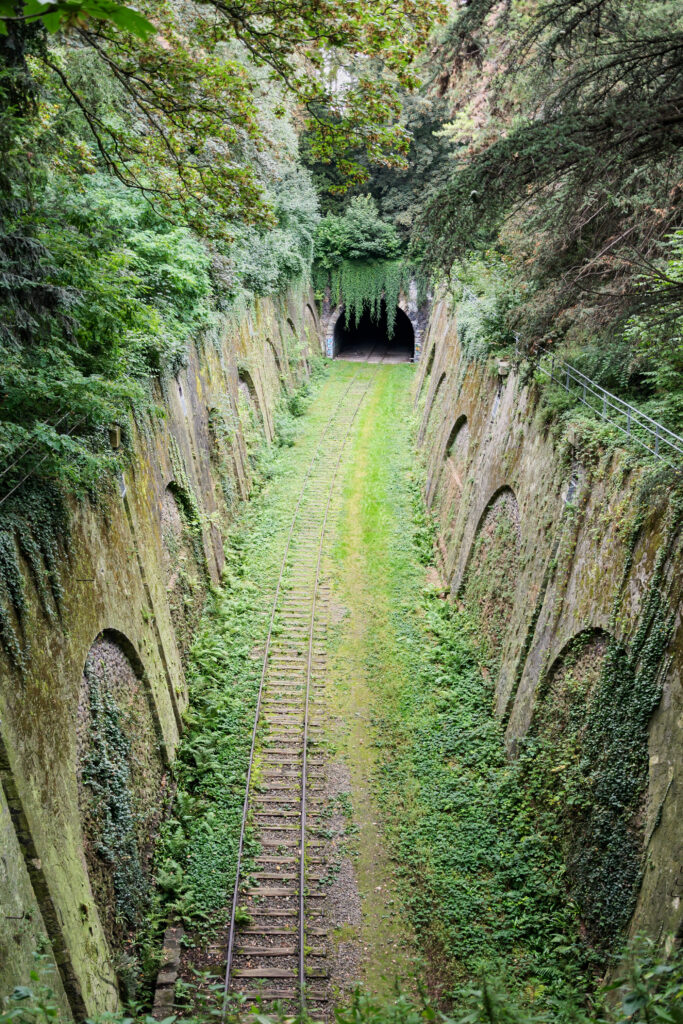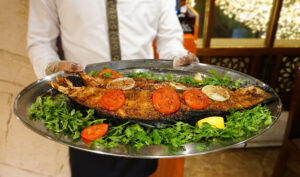Earlier this month, I talked about the Paris Métro and its grand expansion plans that are currently underway. I also talked about the history of the Paris Métro, and how it first opened in 1900 as part of that year’s World’s Fair. But what existed before the Paris Métro? How did Parisians get around the city prior to the 20th century? The answer to these questions is one of my favourite hidden gems of Paris: La Petite Ceinture.
A Short History of French Trains
France was famously slow to adopt railways as a method of transportation. By 1842, France only had 300 miles of railways in operation, as compared to Britain’s 1,900 miles. However, the Second French Empire changed all of that when Napoleon III decided to prioritize infrastructure as a keystone of his rule. As a result, the mid-19th century saw a building boom that resulted in lines being built all over the country. By 1871, five rail companies presided over 14,300 miles of rail lines, and Paris became the hub of the entire network.
These five rail companies all had monopolies on their respective regions of France. And with Paris acting as the hub for the entire system, this meant that travel between these regions often entailed transferring in Paris from one of the five major railway stations in the city to another. Unfortunately for passengers, they would have to make their own way across town to make these transfers. Why, you might ask? It was because each of the five rail companies owned one of the five rail stations in Paris. And these rail companies didn’t want direct connections within Paris to their competitors. All of which is why La Petite Ceinture first came into being.
Chemin de fer de Petite Ceinture
Starting in 1851, a circular railway was built in Paris called the Chemin de fer de Petite Ceinture. It was known by locals as La Petite Ceinture, and it ran in a circle through the city, connecting the five main train stations along the way. The circle was composed of three different (but connected) lines, and it carried both passengers and freight around Paris. It also very quickly became extremely popular. So much so that additional passenger trains were continuously added to keep up with demand. By 1889, La Petite Ceinture was carrying nearly 20 million passengers per year.
Unfortunately, the construction of the Paris Métro marked the beginning of the end for La Petite Ceinture. Ridership steadily dwindled as Métro lines opened, and schedules were routinely slashed to account for the lack of demand. By 1930, the system was serving only four million passengers a year, and in 1934, service ceased altogether.
La Petite Ceinture Today
For decades, the former tracks of La Petite Ceinture lay abandoned throughout Paris. It was forbidden to access them, but many Parisians used them as unofficial walking trails. There are 32km of tracks altogether that snake their way through the city, most of which are hidden from view and mostly unknown to the general public. Thankfully, recent years have seen a revival of La Petite Ceinture, with sections in almost half of the arrondissements officially opening to the public. All of which are now regularly used by local residents.
Personally, I was overjoyed the day I discovered La Petite Ceinture. It was fascinating to me that an abandoned railway line of this size could still exist in a city like Paris. But it does. And it is beautiful to explore. Full of nature and history. Two things that I adore. If you want to discover a true hidden gem of Paris, definitely add a walk along this piece of history to your list of things to do in Paris. It will be an experience you will not soon forget.
Laura Moore is a professional storyteller who loves history and the many stories that make Paris one of the most fascinating cities in the world. Join one of her signature tours to learn the story of a city.




